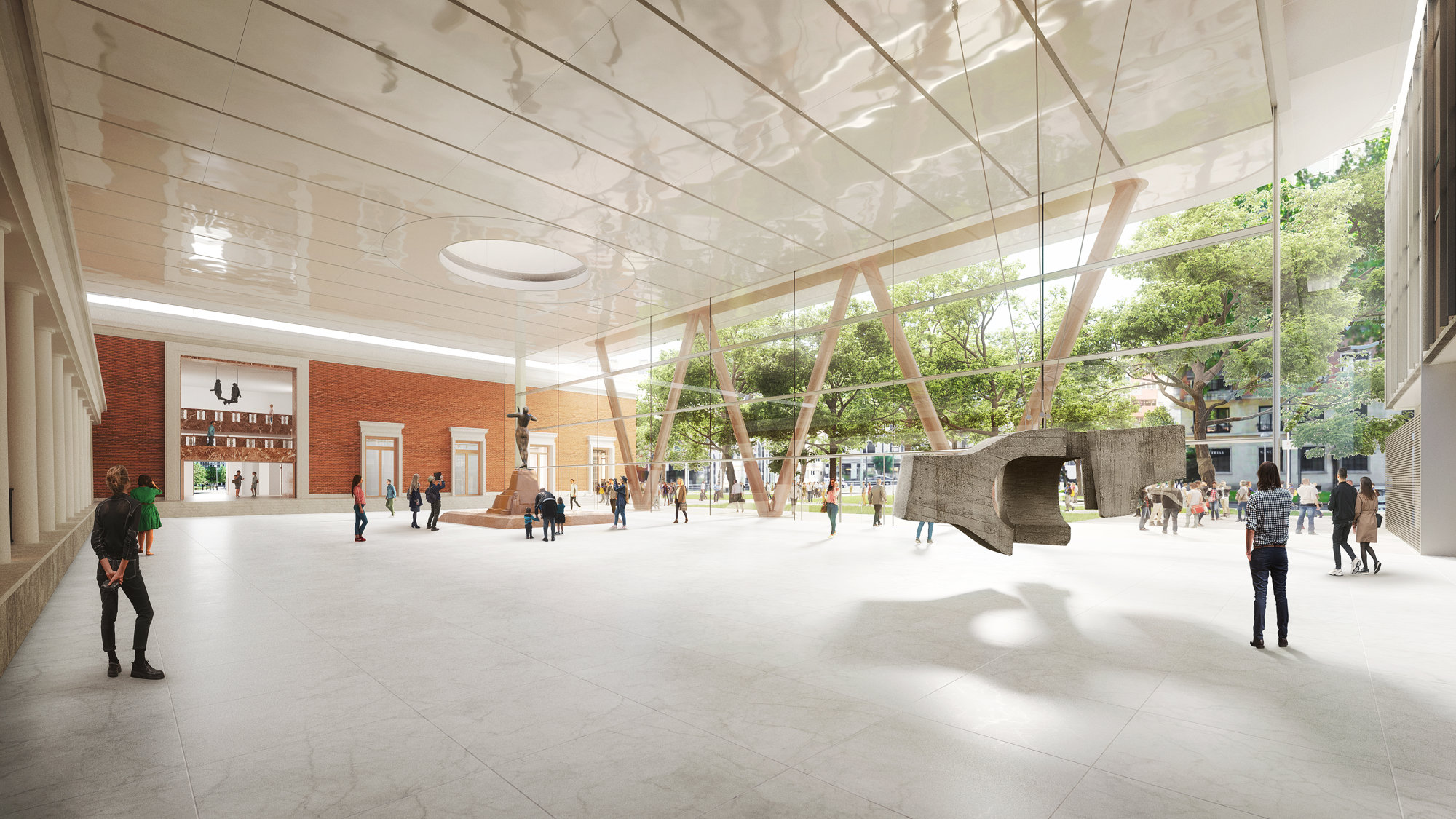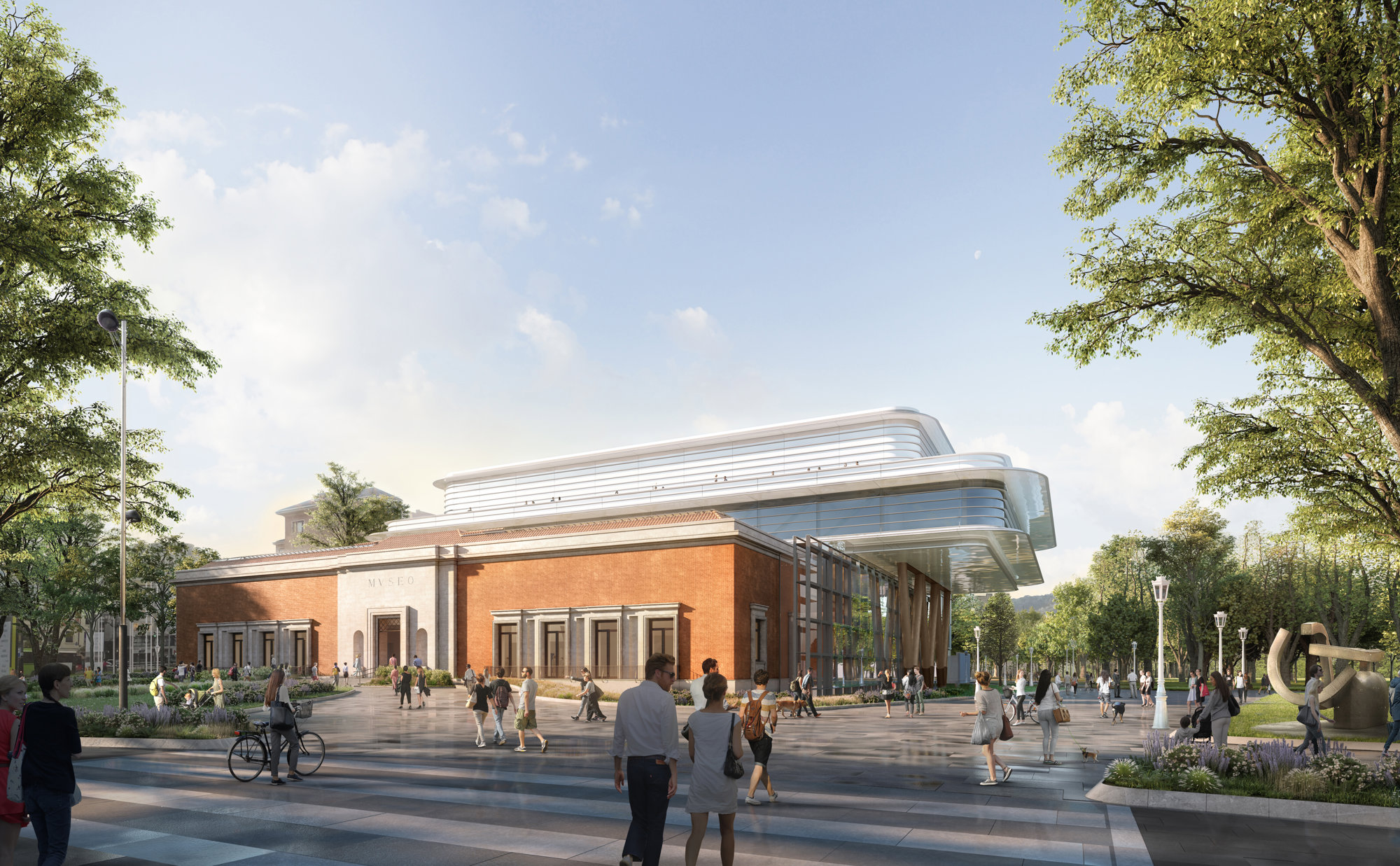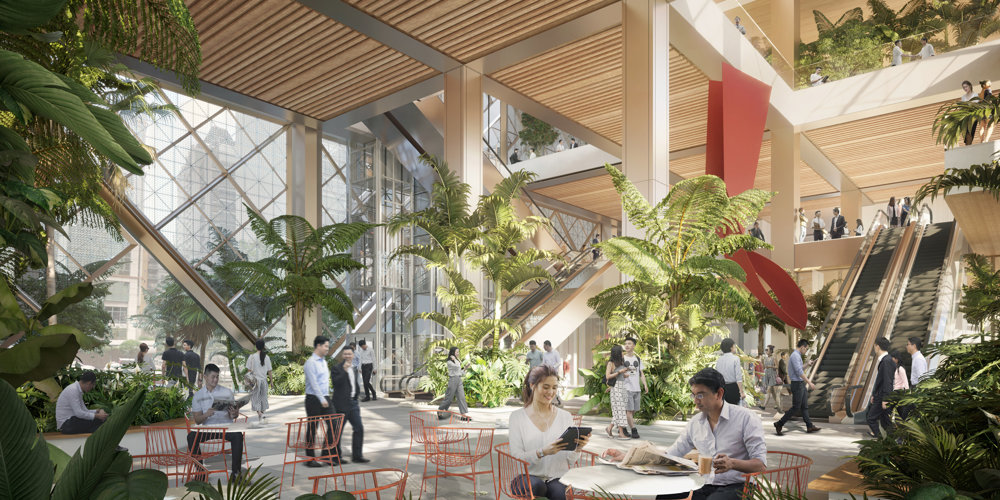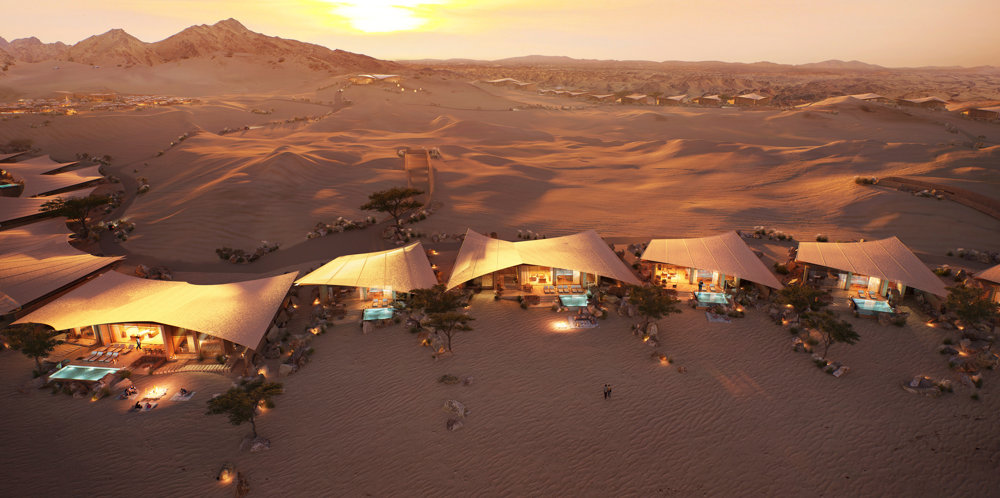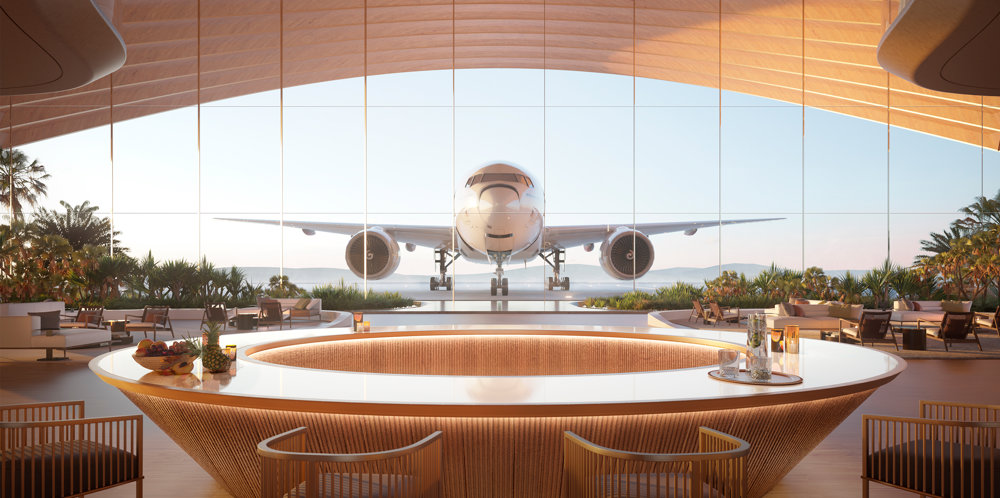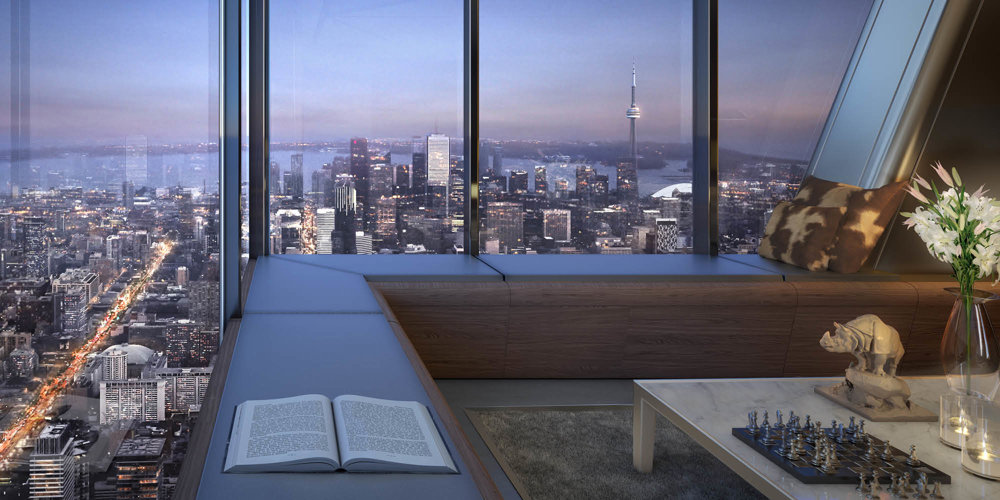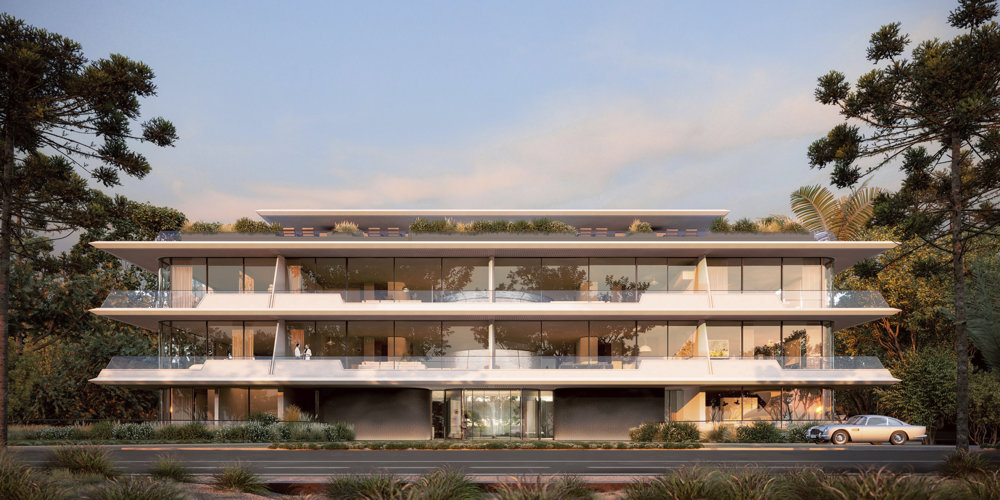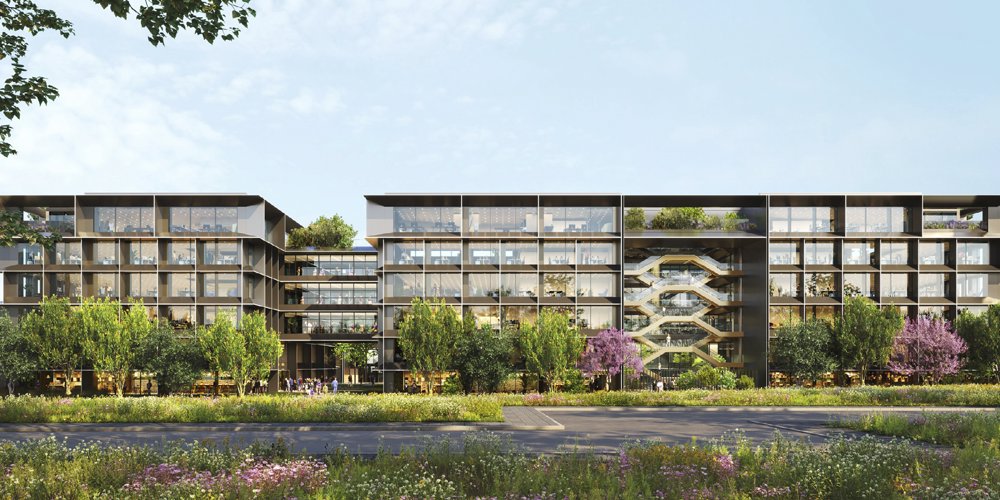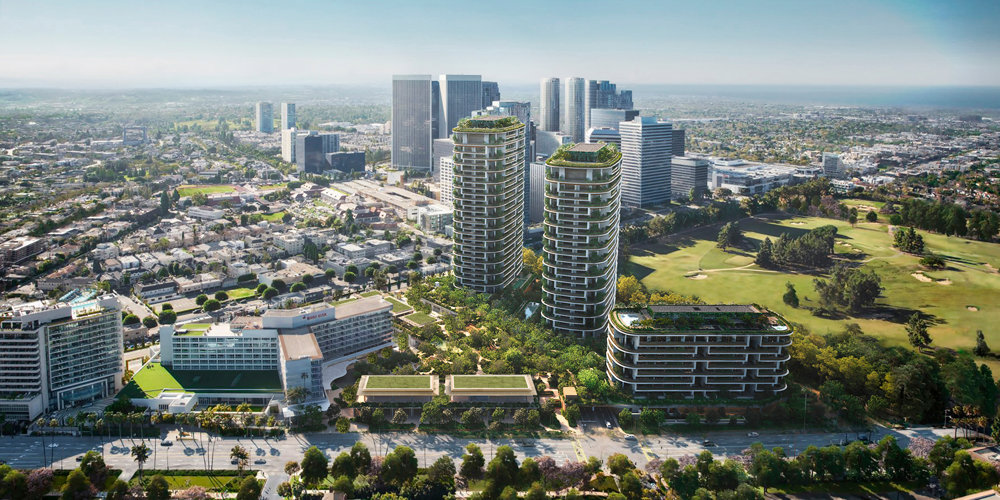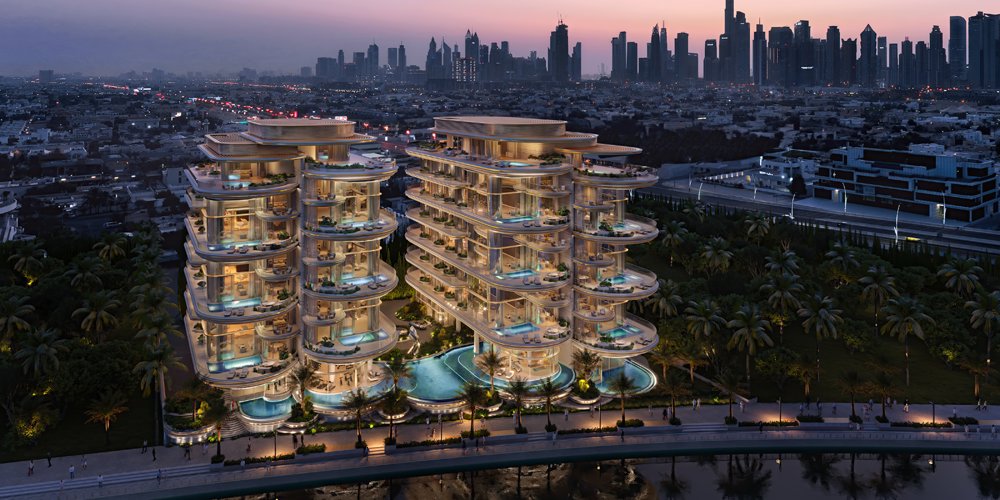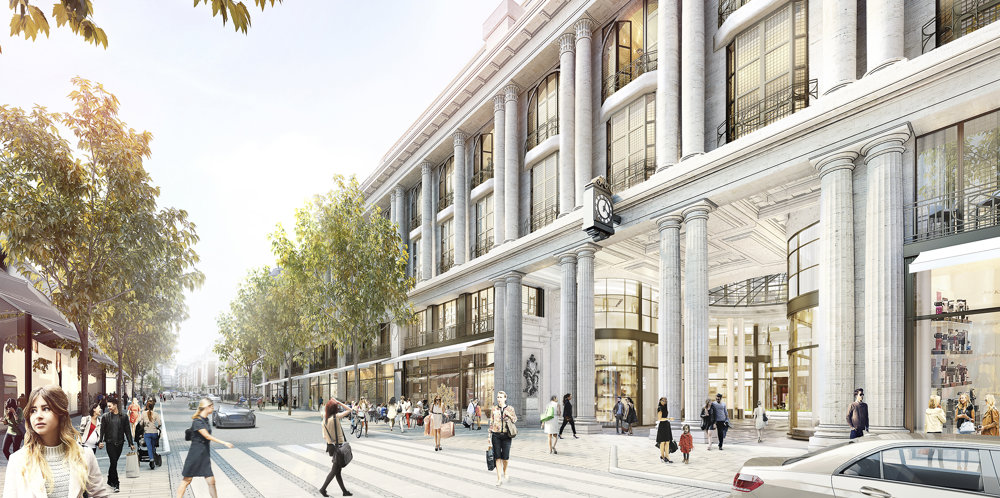Bilbao embodies a progressive spirit that has underpinned its successful vision for a post-industrial future. The city has consistently viewed significant building projects as an opportunity to repair and enhance the urban fabric and the proposal for the new extension to the Bilbao Fine Arts Museum follows in a similar vein, simultaneously restoring the much-loved cultural institution to its original glory.
On an urban level, the design seeks to extend Doña Casilda de Iturizar Park over the existing traffic roundabout at Plaza de Euskadi. This will help create new pedestrian connections between the museum and the rest of the city including the Universidad de Deusto on the north bank of the estuary as well as the Guggenheim Museum, while providing an appropriate setting for the new extension.
The Bilbao Fine Arts Museum is the result of several singular buildings built over the twentieth century, reflecting the evolution of museography over several decades. The proposal reorients the museum towards the city by restoring the façade of the 1945 building and reinstating the original entrance and internal sequence of spaces. It seeks to turn Plaza Arriaga into the new heart of the museum – a 1,000 square-metre public space with natural light streaming in from the rooflight piercing through the new gallery spaces above. This central space acts as a visitors’ centre, providing access to the existing galleries as well as the new extension.
The proposed extension is a unique structure that rests respectfully across the 1945 and 1970 buildings, equipping the museum with 2,000 square-metres of new galleries on a single open floor. Accessed by a panoramic lift from the visitors’ centre, the flexible gallery space can be configured for a large range of displays and neatly contains all the services spaces within two technical walls. Natural light filters through the rooflight and the north lights, which can be moderated to suit the displays. A mezzanine offers space for educational programmes and workshops. The new addition is characterised by a modelled façade with viewing terraces to enhance its slenderness.
The use of cross ventilation, natural light as well as high thermal mass, solar energy and rain water collection, reduce the environmental impact of the building. Technological in its image, humanistic in its approach and ecological in its sustainability, the proposal combines architectural quality, urban sensitivity and social responsibility to raise a luminous landmark in the historic heart of Bilbao.










